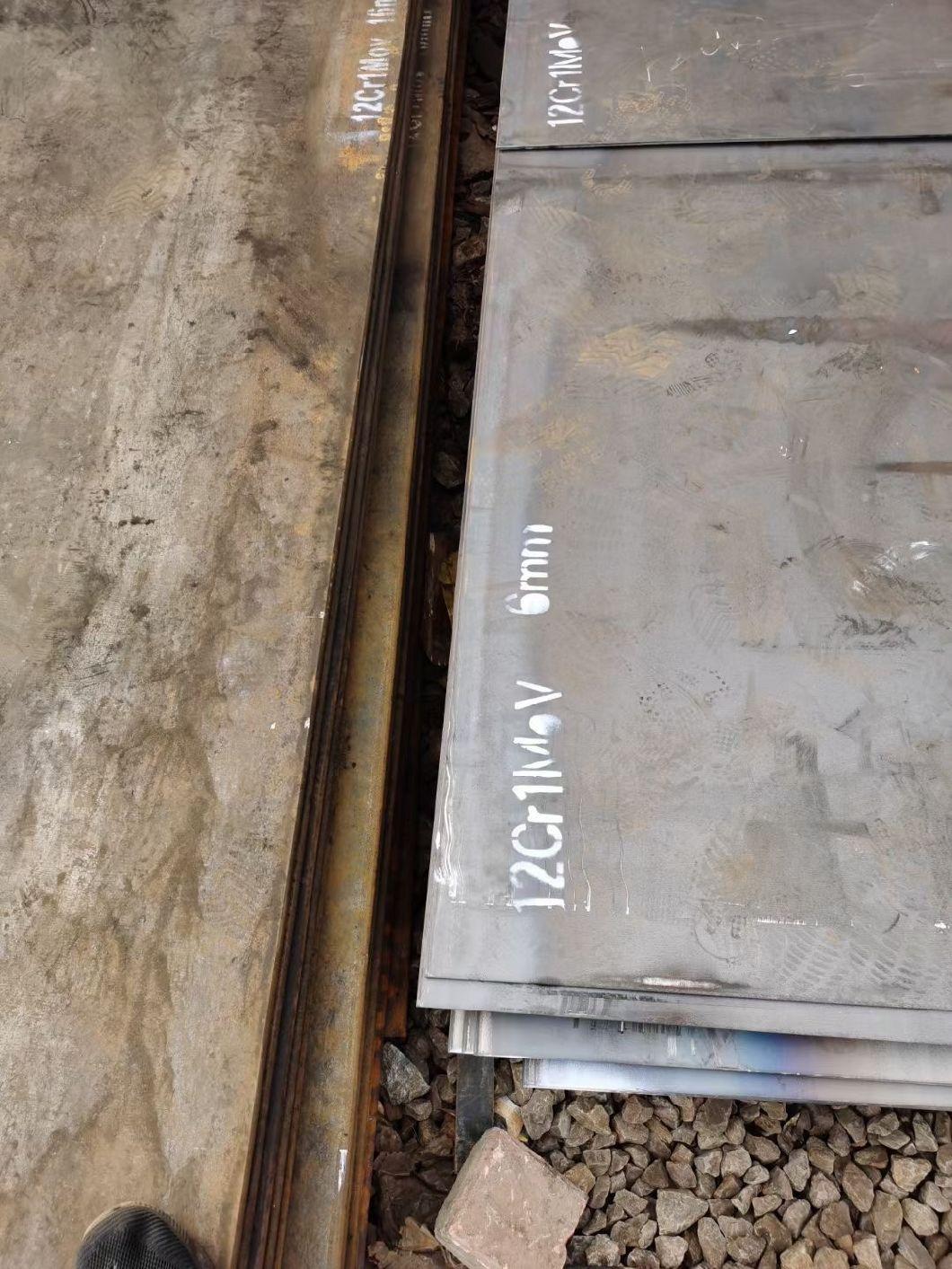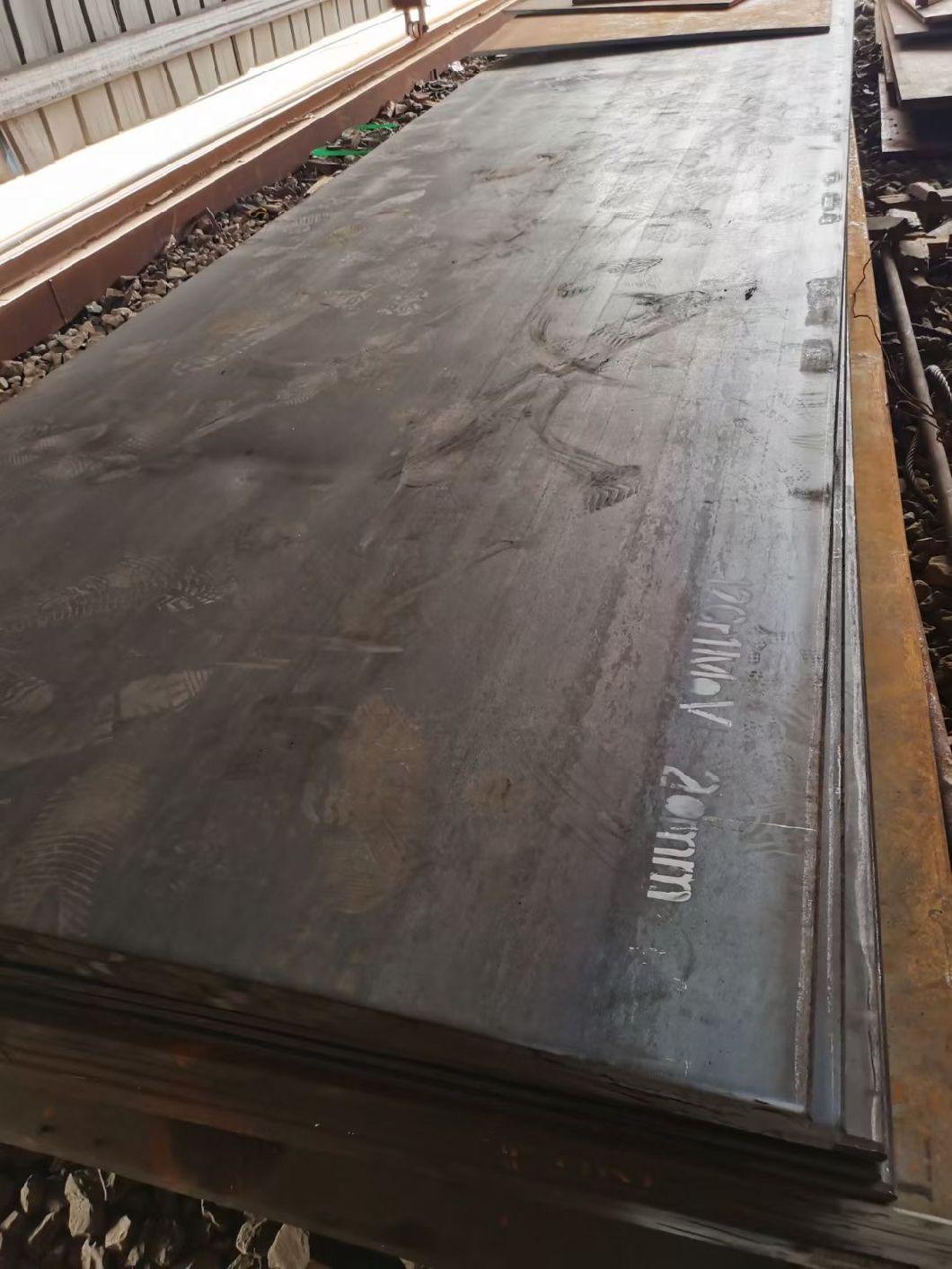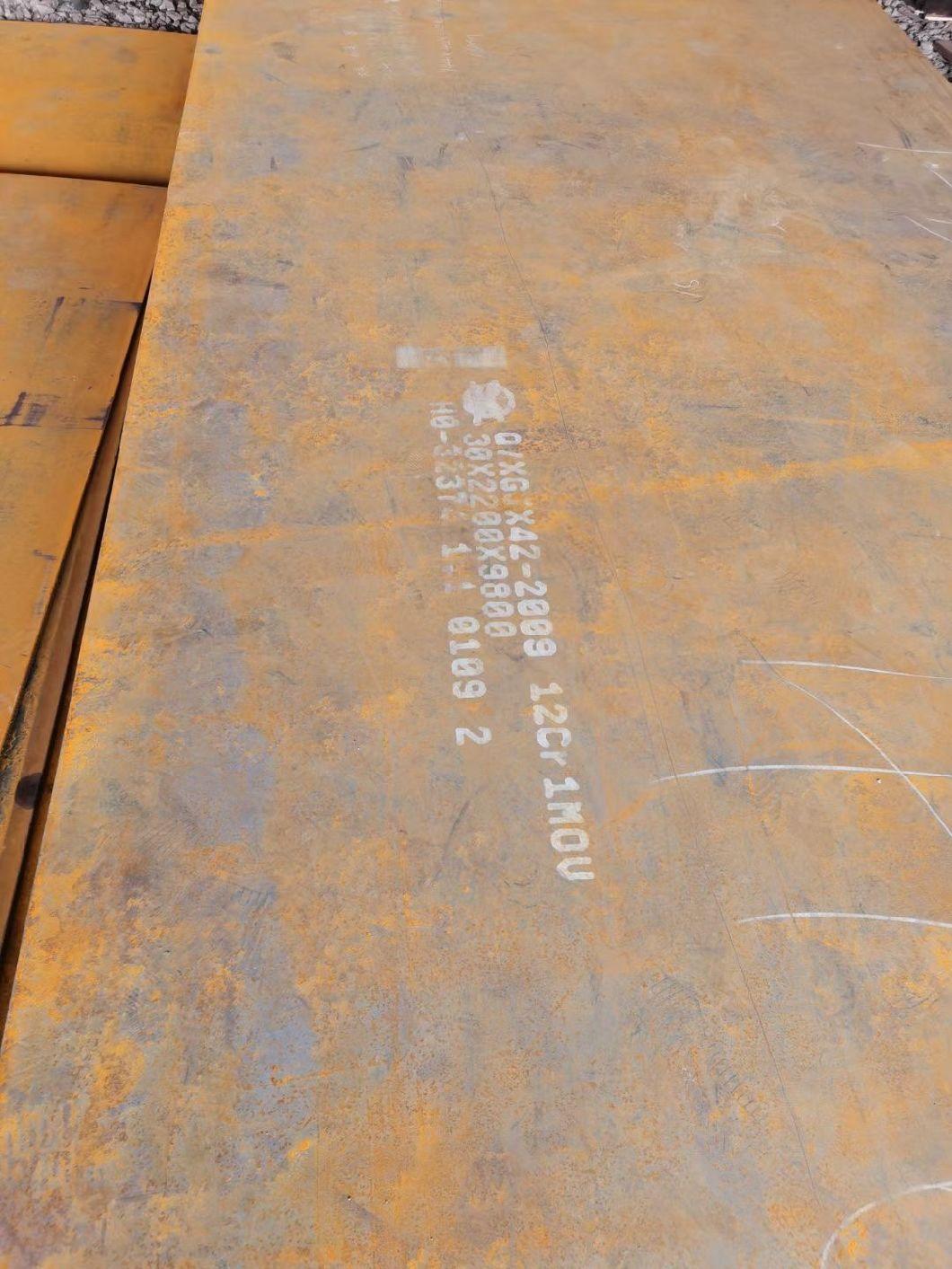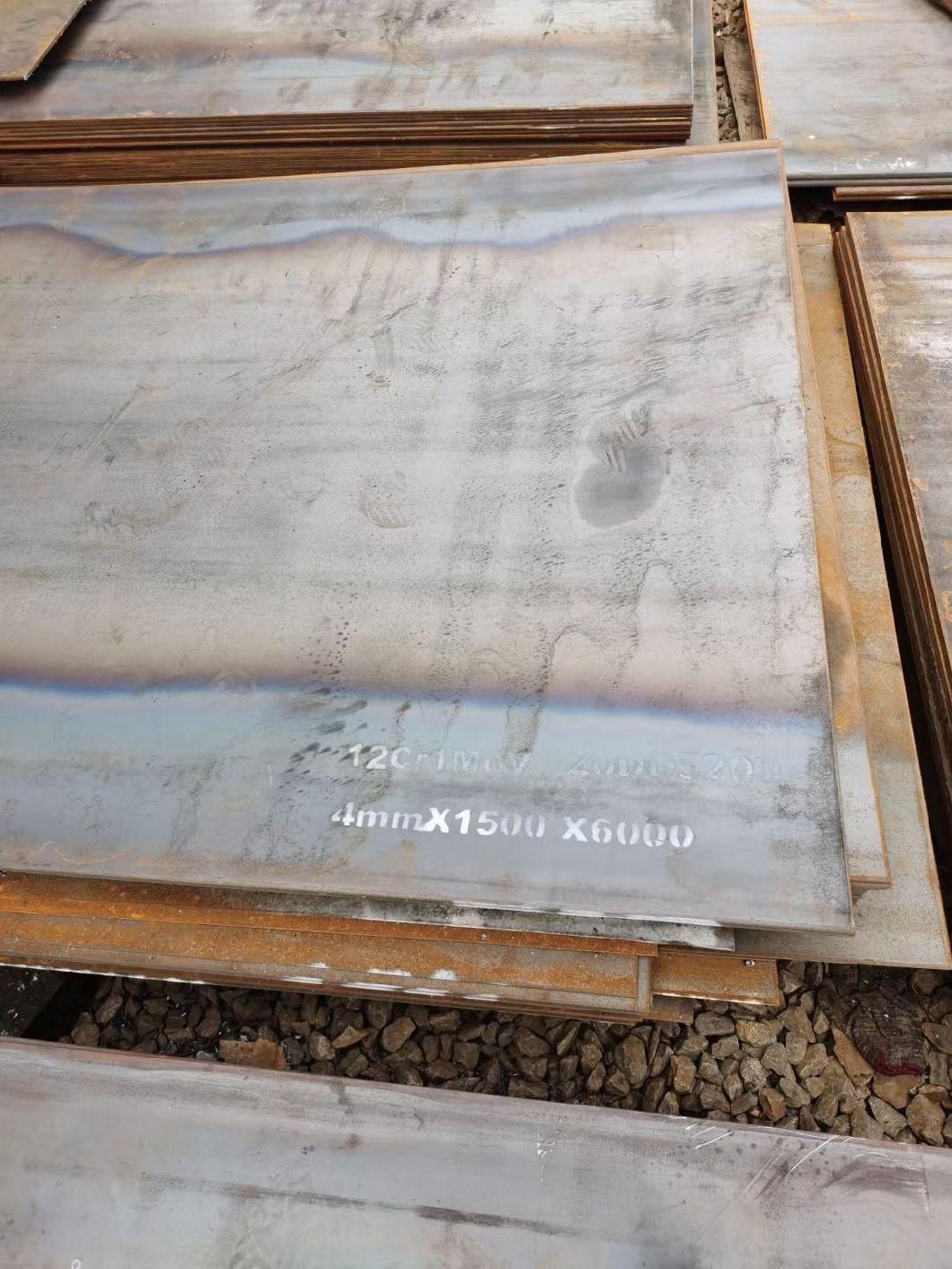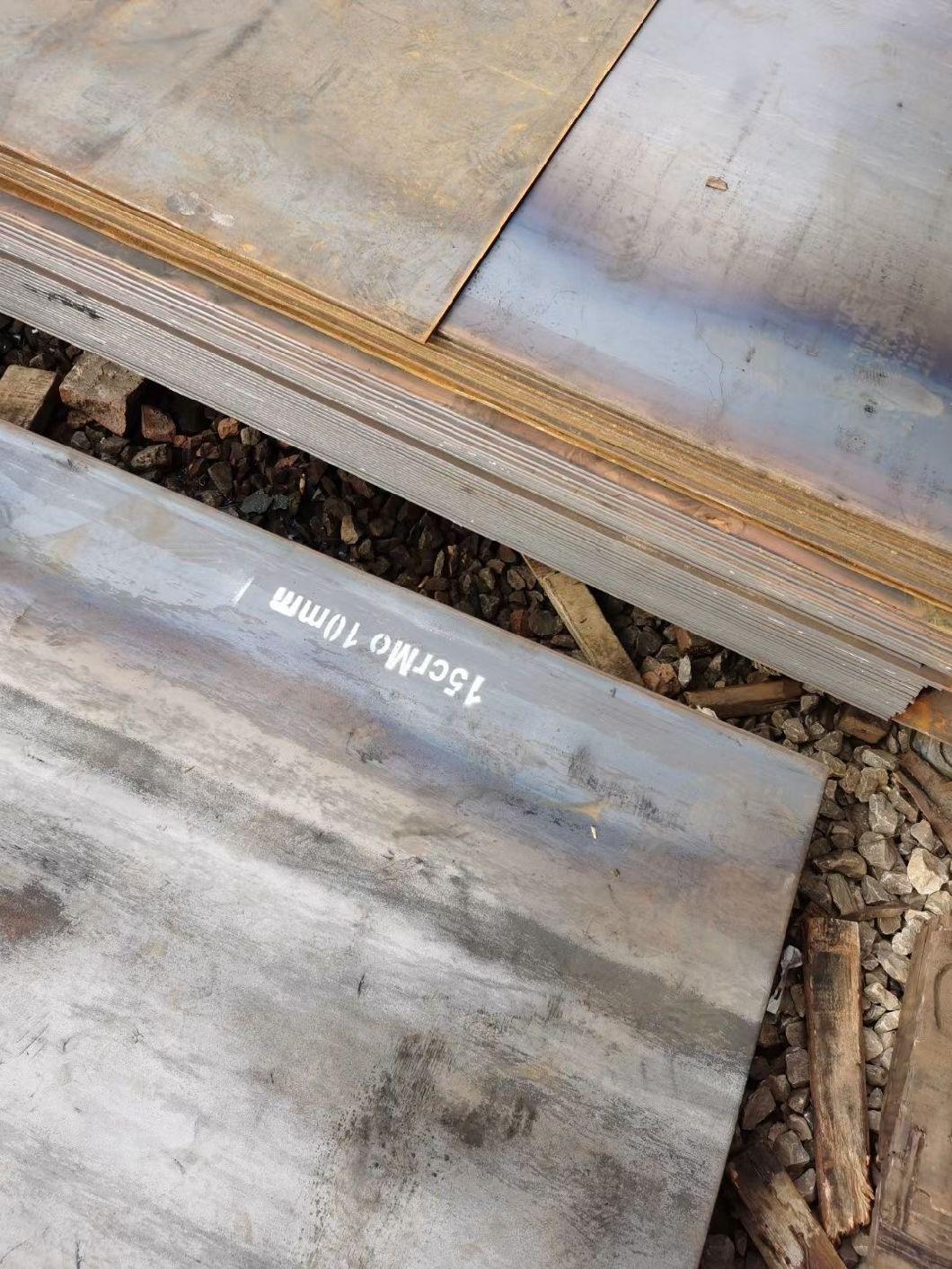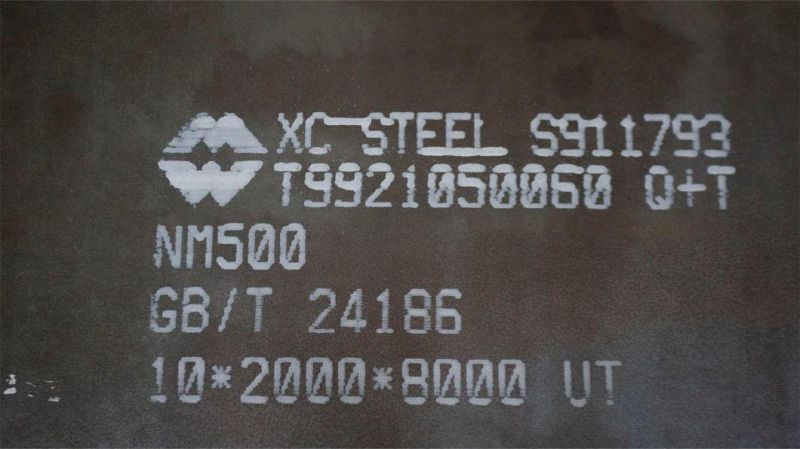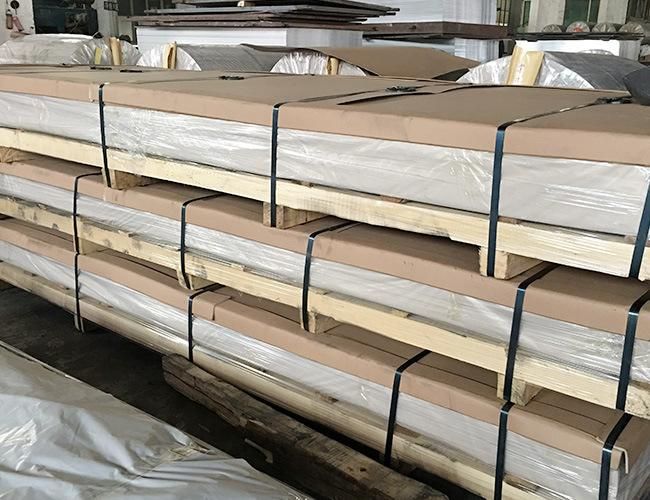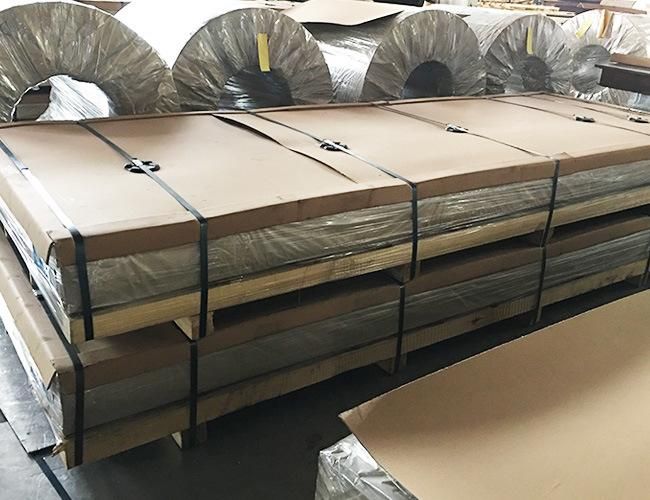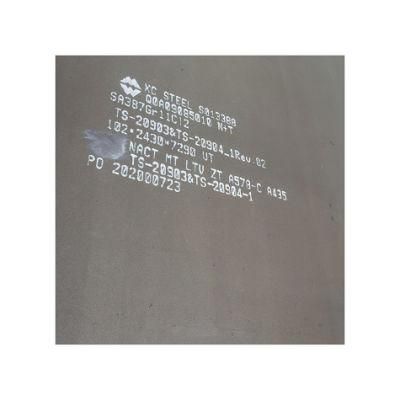
ASTM A516 Gr. 70 Steel Plate Ms Plate Price ASTM A516 Gr. 70 ASTM A573 Grade 70 S355j Hot Rolled Alloy Ms Steel Sheet Plate
Wuxi Hengchengtai Special Steel Co., Ltd.- Type:Steel Plate
- Standard:ASTM, AISI, GB, JIS, DIN, BS
- Certification:ISO, RoHS
- Surface Treatment:Blackface
- Technique:Hot Rolled
- Application:Mold & Dies, Ship Plate, Boiler Plate, Container Plate, Flange Plate
Base Info
- Special Use:Cutting Tools, Measuring Tools, Cutters in Common Steel, High-strength Steel Plate, Wear Resistant Steel, Silicon Steel
- Stock:Stock
- Thick:1.0-100mm
- Length:5800-12000mm
- MOQ:1ton
- Leading Time:7-30days
- Hardness:300-550HBV
- Tolerance:1%
- Testing:Third Party Inspection Available
- Processing Service:Bending Cutting Welding
- Trading Term:CIF CFR Fob EXW
- Finished:2b 8K No.1
- Ni:9.02
- Transport Package:Waterproof Package
- Specification:20.00
- Trademark:wuxi hengchengtai special steel
- Origin:Wuxi, China (Mainland)
- HS Code:7208389000
- Production Capacity:50000ton Per Month
Description
A grade with following chemical composition shows good mechanical properties at cryogenic temperatures:
C - 0.072%
Mn - 16%
P - 0.02%
S - 0.008%
Si - 0.41%
Ni - 5.85%
Cr - 17.8%
N - 0.36%
Fe - Remainder
(The composition is given for plates with 12.7mm thickness)
The material combination of high strength, good toughness, and weldability should prompt designers to specify it for welded pressure vessels for the storage of cryogens.
Steels for Low-Temperature
When designing low-temperature systems or equipment, the engineer finds that notch toughness ranks high in importance, because a part or structure will generally fail due to a notch or other stress concentration. Test results measure the steels capacity to absorb energy, and thus signify its ability to resist failure at points of local stress concentration.
Fatigue limit of steel also must be considered. At low temperatures, systems are usually subjected to dynamic loads, and structural members to cycle stresses. Examples include vessels that frequently undergo pressure changes and large structures and mobile equipment that experience extreme stress imposed by packed snow or high winds. Other considerations include heat conductivity and thermal expansion.
Higher strength with good notch toughness is available in carbon steels A 537 Grade A and A 537 grade B. Their can be earlier normalized or quenched and tempered to raise yield and tensile strength and impact toughness beyond those of the A 516`s. Table 1 shows mechanical properties at low temperatures for some typical ASTM carbon steels.
Table 1. Specifications for Low-temperature Steels
Since a variety of low-temperature steels are available, the engineer must consider the advantages each has to offer according to the application. The cost-strength ratio is but one factor; others, such as welding and fabrication costs, have equal or greater bearing on final costs. However, heat-treated carbon grades are often used for low-temperature services. Besides offering excellent low-temperature toughness plus fabricability, these grades are lower in initial cost.